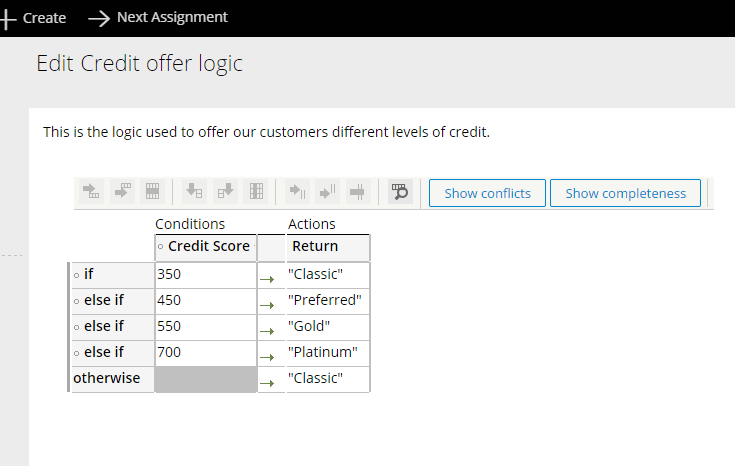
The Database tables in Pega are essential for every project. It is a place where the entire data stores. Database plays a major role in retrieving data. So, the databases that we use today would be varied according to size. We usually store the data in the databases in the form of tables.

Therefore the size of the table depends on the amount of data that we store in the database. Today we have different types of databases. Each database provides access to create a certain type of table.
Get live Demo on Types of database tables in Pega by Pega Online Training1.Types of Database tables in Pega :
Before going to explain the types of databases in PEGA. Let me give you the definition of PEGA and then I will directly go-to types of databases in PEGA.
Pega is a powerful BPM tool in the IT industry. It performs operations in client relationship management (CRM), Digital processing automation and Business Process Management(BPM).
Database tables in PEGA are usually classified into 4 categories :
2.Assignment Tables :
Three major products would fall under this category.
a)PC_assign_workbasket: This table holds the assignments and instances of the Assign –work-basket class.
b)PC _assign _ work-list: It is responsible for holding all the assignments on the worklist.
c)Pr_assign: This table holds the external assessment and uses the direct web access feature and assignments of all other types. Due to Assignments in Assign-Corr and Assign- Service, classes would store as rows in the Pr- assign table.
3.Data Object tables:
Under this table, we have seven products.
a)Pr-operators: This operator's table stores the data that corresponds to the instances of the Data-admin operator.
b)Pi_data_connect: This table is associated with data –admin connect class.
c)Pc_data_unique id: This table corresponds to the Data-unique Id class. Usually, it contains a single row for each work_Id format in use. So, It records the most recent assigned work product ID of that format.
d)Pc_ data_work_attach: It contains the attachments of work Products that contain the instances of the concrete classes.
e)Pr4_base: This table holds the instance of three foundation classes. Those are Data-Admin DB-table, Data-Admin DB-Name, Data-Admin-DB-Class Group.
f)Pr_data_file: Generally, the Data content image class is associated with the table.
4.History tables:
a)Pc_history_work: The data of the History- Work –class will be stored by this table.b)P4_history _rule: Generally, It is responsible for storing the instances of various rule related work like Restore, Recover and detailed history.5.Case Tables:
a)Pc-Work: This table saves the case instance of a concrete class that is derived from the work-based class.
Along with these main category tables, there are some other tables that need to keep it in mind.
b)Link _ table: These tables store the information regarding the paired object instances. Finally, According to the rules of Pega, the names of link tables start with the value PC-link (or) pr_link.
c)Log table: This table stores the instances of Log classes.
d)Index table: Pega platform DB supports indexes that have table names start with pr_index (or) PC _ index which fall under this category.
At present, Pega is becoming the most important tool for IT developers. Today Pega CSA and Pega CSSA have become the most common certifications.